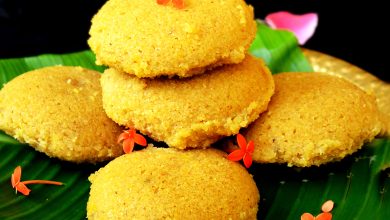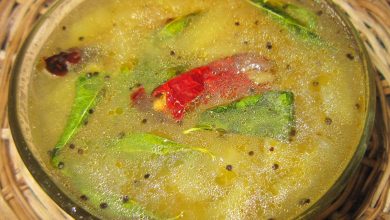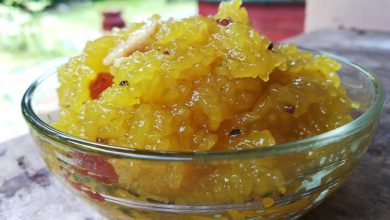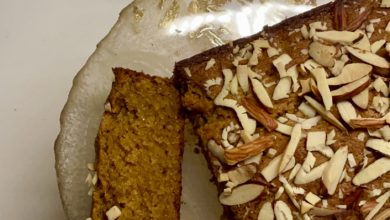Tradition on a Plate Karnataka’s Irresistible Culinary Gems
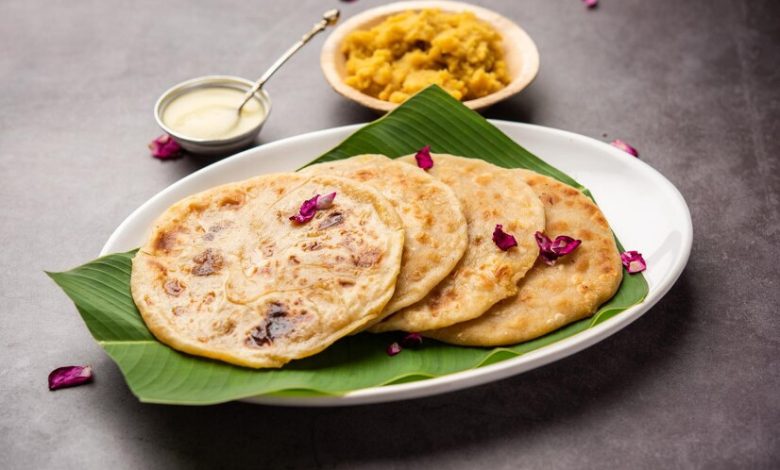
Annapoorne Sadhapoorne Shankara Pranavallabhe, Jnana Vairagya Siddhartham Bikshandeyicha Parvathe
FOOD, what comes to mind when we hear the word FOOD?
Usually, we think food satisfies hunger, but food not only addresses hunger, but it represents the tradition and culture of a specific place.
I am not sure about what others think about FOOD, but when I see delicious food, my mouth starts watering. I love to taste different vegetarian foods and appreciate their distinct flavours and traditions with each bite. I enjoy treating myself to a wide variety of food options.
Karnataka is blessed with a wide range of delicious food, each with its own history or cultural context. I will talk about a few of them:
Mysore
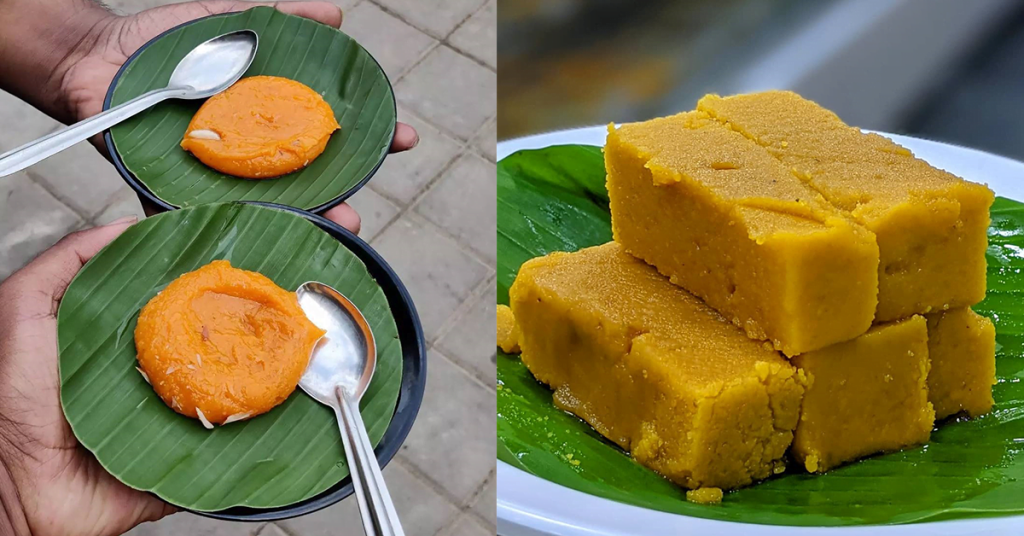
Mysore Pak:
In the 19th century, during the rule of King Krishna Raja Wadiyar IV, Mysore Pak was prepared for the first time in the Royal Palace of Mysore, Karnataka. This delightful sweet dish was made by the royal chef Kakasura Madappa with gram flour, sugar, and ghee. The king adored it so much that he named it after the city of Mysore.
Mangaluru
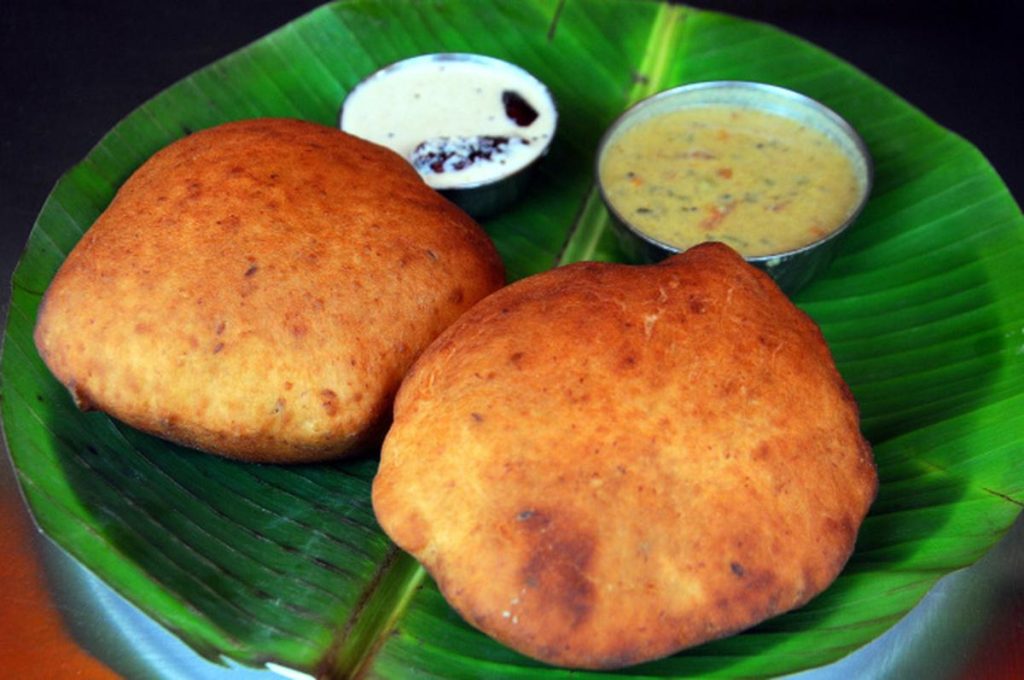
Mangalore buns:
Your taste buds will be truly delighted by these buns. They are deep-fried, instead of being baked. Ripe bananas are mixed with dough, which gives them a hint of sweetness. These puffy and soft banana puris are served with sambar and coconut chutney.
Mandya
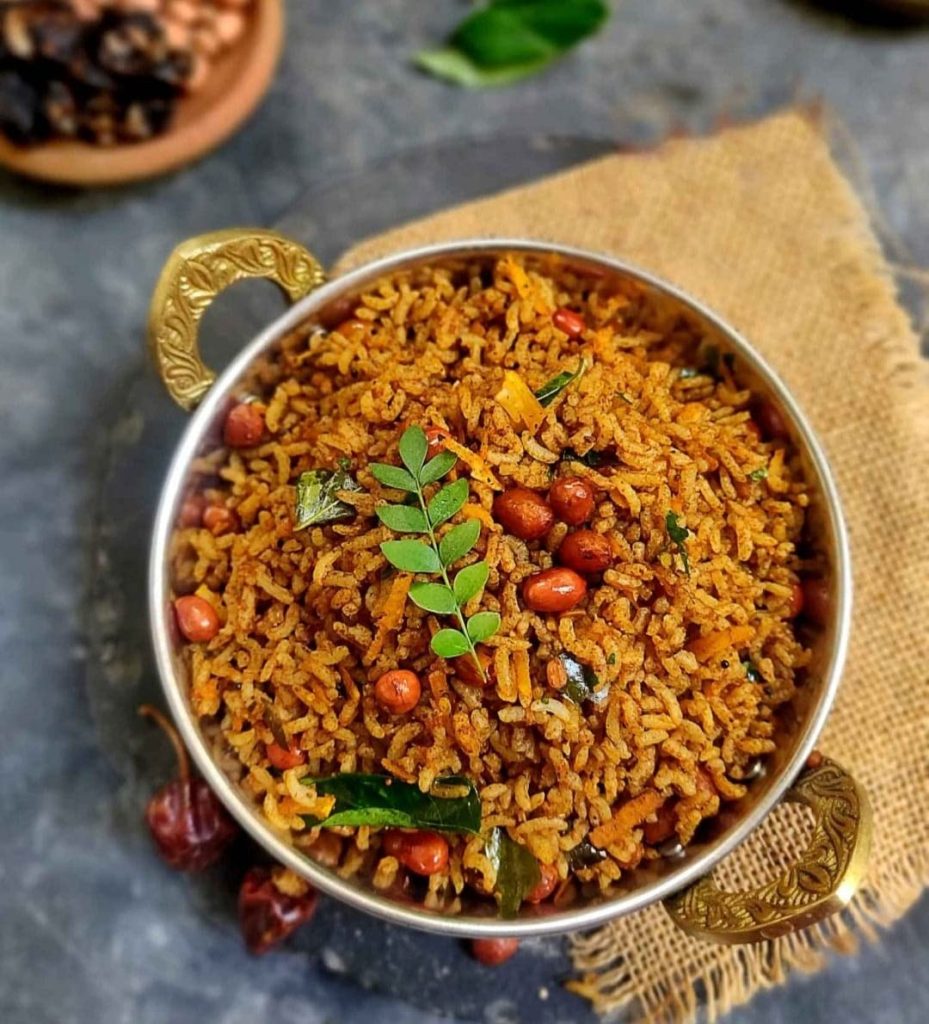
Puliyogare:
Melkote is a beautiful village situated near Mandya which is famous for its divine ‘Puliyogare.’ This is a traditional meal from our ancestors featuring the combination of spices and sour tamarind and a little sweet rice.”
Maddur Vada:
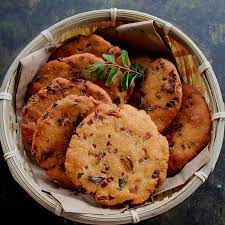
These fritters are a famous tea-time snack which is hard for you to stop eating once you start eating them. This local dish has a unique twist and is named after a Maddur village in Mandya. Maddur Vada is made with a combo of spices, semolina, and all-purpose flour, unlike typical vadas. It is a common snack at tea shops and railway stations in this part of Karnataka.
Bellari
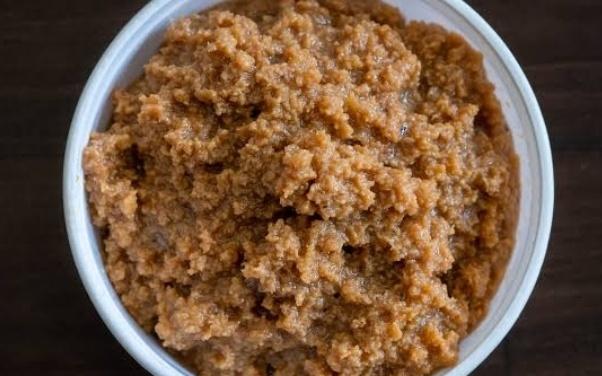
Cycle Khoa:
Bellari is famous for its cycle Khoa, which is made of buffalo milk and is sold on bicycles and dispensed from brass containers on eco-friendly Sal leaf plates. This sweet is a must-eat if traveling to Bellari, buy it from the vendors who trawl the streets on bicycles.
Belgaum
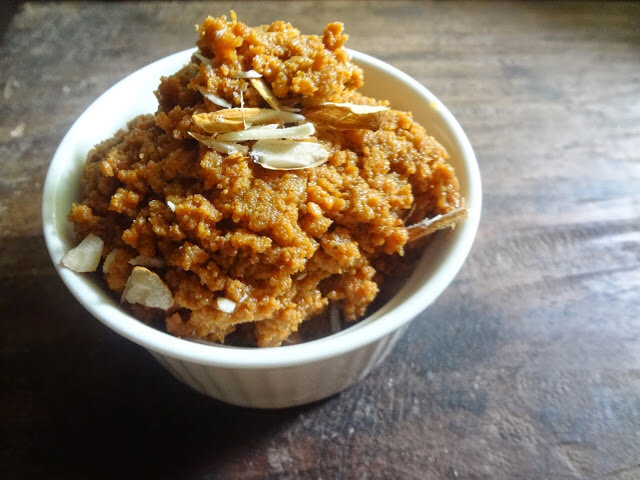
Kunda:
Also called an “Accidental Dish,” the story behind the dish is: that an old woman left a pot of milk on the stove to a boil. Her husband had an excellent idea when he saw the lovely, thickened outcomes. That is how Belgaum City’s sweet treat, Kunda, came to be. The dish is made by boiling milk, sugar, and khoa until it becomes harder. Must try the dish if you planning to visit Belgaum or nearby places.
Dharwad
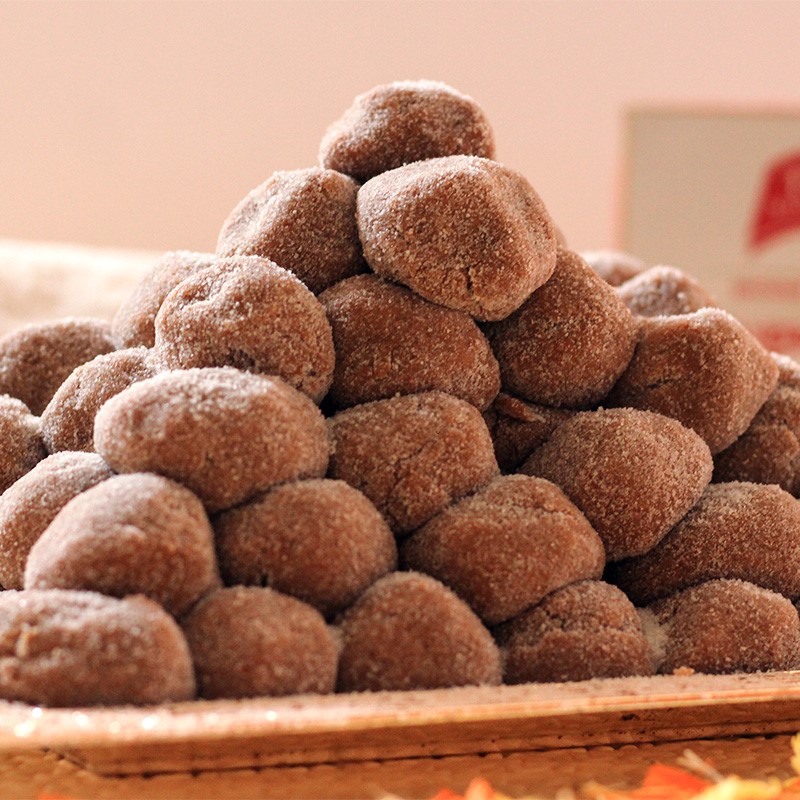
Peda:
The delicious delight named Dharwad Peda has a lengthy history, having been introduced by Ram Rathan Singh of Lucknow in 1846. But when Babu Singh took over the company, it became well-known. In Karnataka, this round, grainy joy has gained popularity as a milk-based dessert, especially when it is topped with a coating of castor sugar. With the Thakur relatives, who came from Unnao in Uttar Pradesh and were skilled in making Pedas, the Dharwad Peda lineage began an amazing 175 years ago. This beloved treat proudly displays its special ties to the area with the addition of a Geographical Indication Tag. Savor Dharwad Peda’s rich history and mouthwatering flavour, bears witness to the Thakur family’s 175 years of culinary legacy.
Davanagere
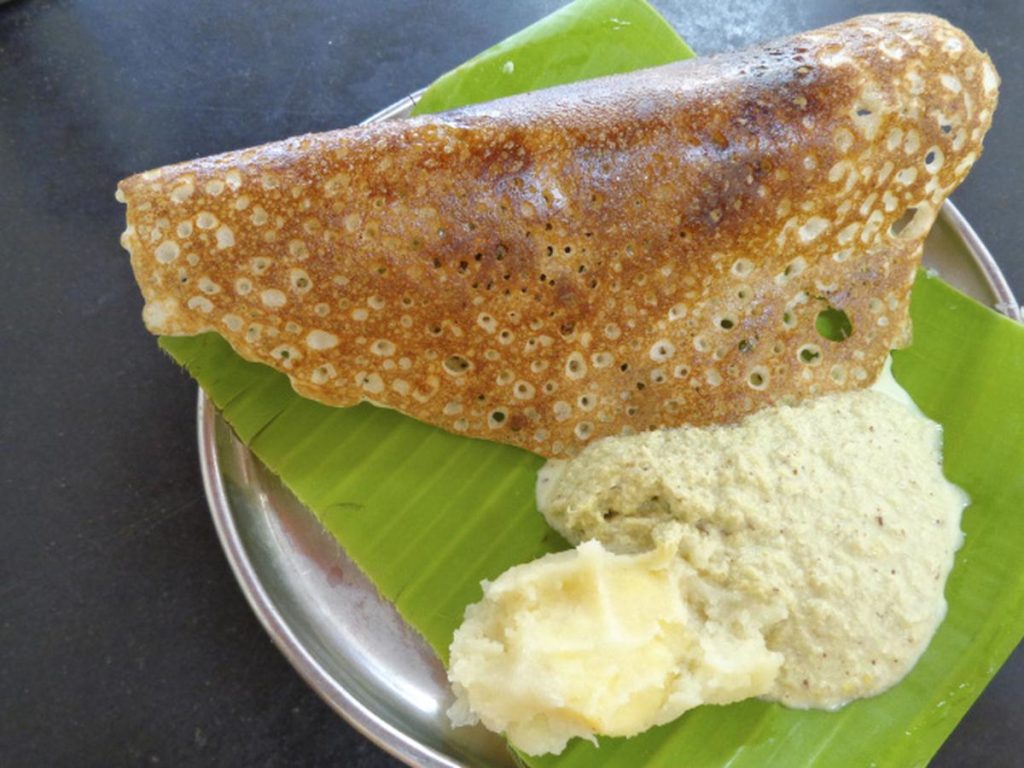
Benne Dose:
The history of Davanagere Benne Dose dates to 1928 when Chennamma moved to Davanagere. Originally made using ragi batter, the dose became well-known after her children began using rice batter, puffed rice, and liberally brushing the dose with butter during preparation. By 1938, the culinary legacy was continued by Shanthappa and Mahadevappa, the sons of Chennamma, who opened their restaurants. The oldest of them is the “Shantappa Dosa Hotel,” which was built in 1944 next to the Clock Tower in Old Davanagere and is presently run by Ganesh, Shanthappa’s son. Mahadevappa’s younger son Viji’s “Vijji Benne Dosa” on Dental College Road and his older son Ravi’s “Ravi Benne Dose Hotel” on Church Road are continuing this legacy.
Benne Dose in Davanagere is still popular even through patent restrictions, thanks to the efforts of several popular eating places like Sri. Guru Kottureshwara Benne Dosa Hotel, Gayathri Benne Dosa Hotel, and Vasantha Benne Dosa Hotel. The appeal of Benne Dosa lies only in its wonderful taste.
Udupi
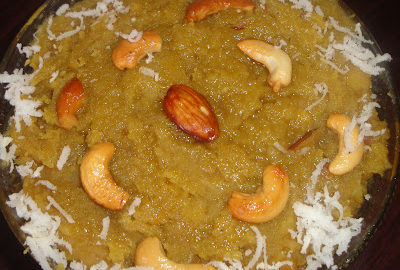
Hayagreeva:
Lord Hayagriva, One of Lord Vishnu’s ten avatars in Hinduism, is the name of a sweet with an interesting mythology. Depicted seated on a white lotus, Lord Hayagriva is described as having a horse’s head and a human body. The devotion of Udupi Sri Krishna Mutt’s popular devotee, Sri Vadirajathirtha, is the origin of the tasty dish. He used to serve Lord Hayagriva cooked Bengal gram combined with jaggery; therefore, the term “Hayagreeva” or “Hayagreeva Maddi” for the dish. Called by the Kannada word “Maddi,” which is a mixture of cooked chana dal, jaggery, coconut, and ghee, hence the name Hayagriva Maddi. In Sode Vadiraja Mutt in Udupi, the sweet is still offered to the god every day as a “naivedhyam” and served as prasadam.
“Food for us comes from our relatives, whether they have wings, fins, or roots. That is how we consider food. Food has a culture. It has a history. It has a story. It has relationships.”– Winona LaDuke
Eat healthy and delicious traditional dishes to make both the tongue and stomach feel happy and safe.


